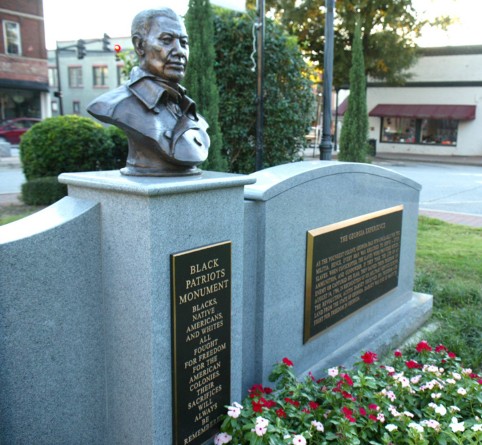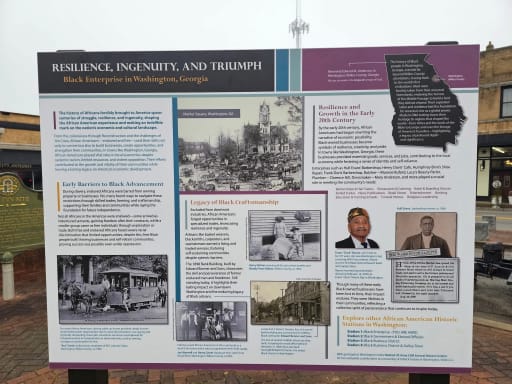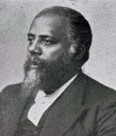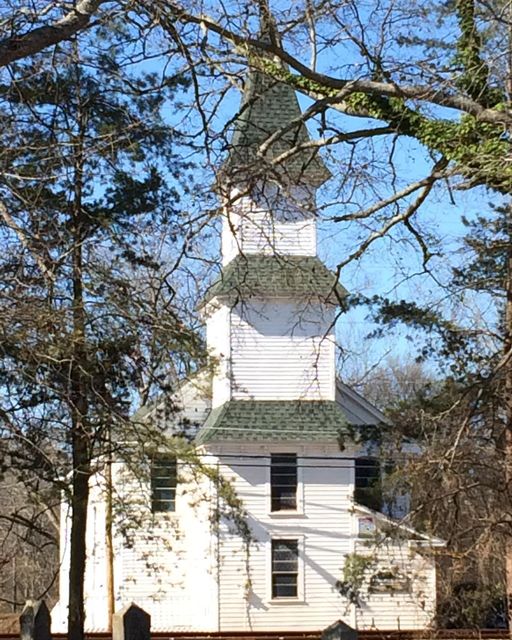-
Black History
-
Black History in Washington-Wilkes County, GA
Washington and Wilkes County are filled with history and heritage. As one of the first counties to be chartered in Georgia, Wilkes played significant roles in both the American Revolutionary and American Civil Wars as well as the evolution of a successful agrarian society. Washington-Wilkes has produced African American leaders and ancestors who have left significant impact on culture and society.
Honoring our Black American Heritage
A memorial on the Historic Washington Square honors the contributions of all African American Patriots of the Revolutionary War who helped to secure our American freedom. During the eight years of the American Revolutionary War, an estimated 5,000 African Americans served in the Continental Army.
Among these Black Patriots, one of the best known in Georgia was Austin Dabney, enslaved to a plantation owner in Wilkes County, who served as a replacement for his owner in military service. Serving under the command of Lieutenant Colonel Elijah Clarke, Dabney participated in and was injured in battle at the Battle of Kettle Creek, a pivotal battle fought just outside Washington on February 14, 1779. After the end of the war, Dabney was granted his freedom, a military pension and an unprecedented land grant in Wilkes County as a reward for his service.
A new educational marker, recently installed in Washington Square, extols the ventures of both free, and formerly enslaved Black citizens, who built businesses, created opportunities and contributed to the economic strength and culture of the Black American community in Washington and in Wilkes County.
Black Leaders and Forefathers
The contributions of early Washington Wilkes Black leaders and ancestors left powerful and impactful legacies in education and in religious sectors benefitting African Americans across Georgia and the South.
Born in 1824 to enslaved parents owned by Senator Robert Toombs, Rev. William Gaines was one of twenty Black church leaders, along with Garrison Frazier, Ulysses L. Houston and James D. Lynch, who met with Major General William Tecumseh Sherman and Secretary of War Edwin Stanton in Savannah about three months before the end of the Civil War. This meeting, later called “Savannah Colloquy” led to Sherman’s Special Field Orders No. 15 and the famous Forty acres and a mule land allotment.
His brother, Bishop Wesley John Gaines was born in 1840 in Wilkes County. Wesley John Gaines was named after the founder of Methodism John Wesley. As a sickly child and often bedridden, Gaines taught himself to read, and at a young age was able to read the Bible, igniting a passionate faith and a career in leadership for the AME Church, where he was ordained an elder in the African Methodist (AME) Church in 1867. Bishop Gaines later became the second pastor of Big Bethel AME in Atlanta and grew the church into the largest Black congregation in the south.
In January of 1881, at the AME North Georgia Annual Conference held at Big Bethel, Bishop Gaines called for a resolution to establish an institution for higher learning to promote the moral, spiritual and intellectual growth of African American students. The Conference concurred and in May of 1885, the State of Georgia granted a charter to Morris Brown College of the AME Church. Morris Brown College opened on October 15, 1885, just 20 years after Abraham Lincoln signed the Emancipation Proclamation. Morris Brown was the first African American educational institution in Georgia, named in honor of the second Bishop of the AME Church.
After the end of the American Civil War, Rev. William Gaines, along with his brother Bishop Wesley John Gaines, undertook a mission to establish African Methodist Episcopal (AME) churches across Georgia.
Historic Black Churches and Schoolhouses in Wilkes County
Established in 1867, Jackson Chapel AME was the first church erected in Wilkes County by newly freed men. Still active in Historic Washington GA, this historic church has been recognized as a Georgia Trust for Historic Preservation site for its role in Georgia Black history.
Other historic AME churches, sites and cemeteries are located throughout Wilkes County. These historic churches often served as community centers for the black populations around plantations and throughout the county, and one-room schoolhouses were erected by the churches to serve the black community.
Cherry Grove Schoolhouse, built in 1910, was constructed on the grounds of the 1875 Cherry Grove Baptist Church. This historic one-room, wood frame building has been recognized by The Georgia Trust for Historic Preservation as a rare example of a rural African American school building in Georgia. Preserved in 2023 as an important Georgia black history artifact, the Cherry Grove Schoolhouse serves as a significant heritage tourism site, not only for Wilkes County but for the entire state of Georgia.
-
Make History Here




